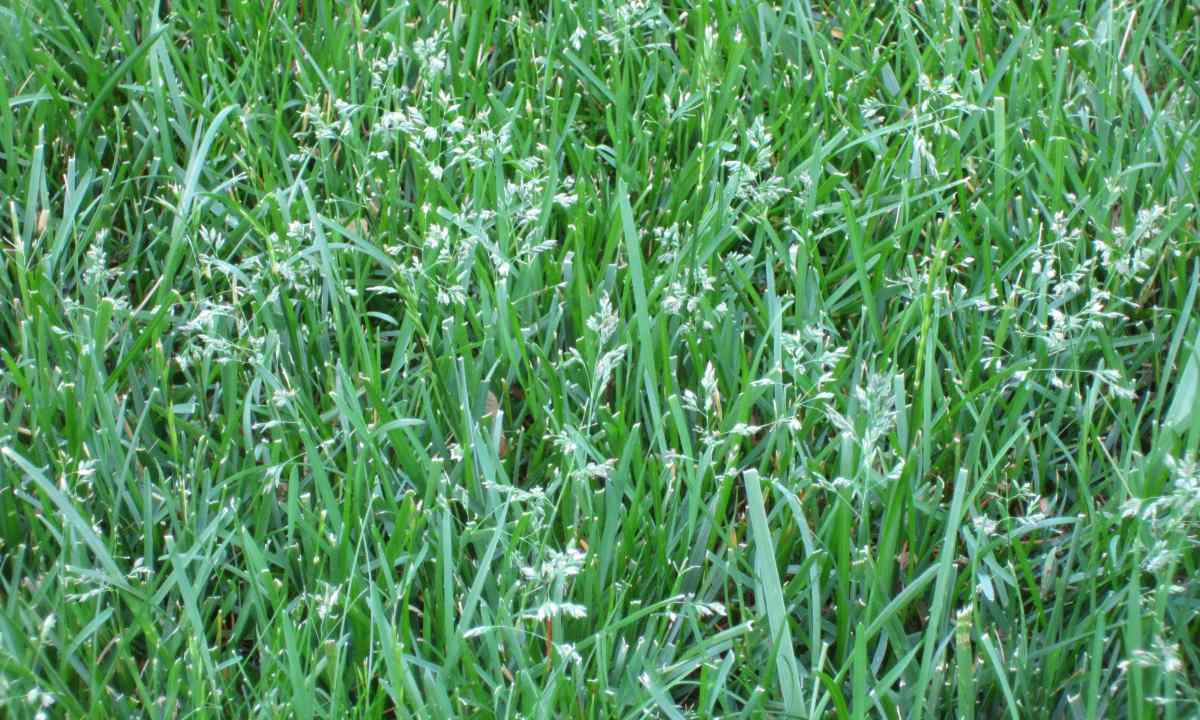The owners of personal plots dreaming of beautiful lawn should pay attention to fescue red. This perennial does not demand special care, quickly grows, differs in unpretentiousness, durability, resistance to damages.
Red fescue: description and features
Fescue red – the representative of family of fescues, quickly growing perennial suitable for creation of lawns. The plant has the powerful roots which are deeply going to the earth and capable to extract moisture from deep soil layers. Direct stalks, strong, up to 70 cm in height. At the beginning of summer the grass blossoms, throwing out magnificent reddish whisks.
The perennial can be used for registration of parks, gardens, small personal plots. Among the main advantages there are fescues:
- rapid and uniform growth;
- frost resistance;
- drought resistance;
- effective exterior;
- durability;
- indiscriminateness to fertilizing.
This species of lawn grass is suitable for registration of difficult landscapes and is well combined with other species of fescues: gray, meadow, volosovidny. The grass perfectly gives in to hairstyle, after processing the lawn turns out equal and beautiful, without bald spots and the dried-up sites. Registration of the site fescue will manage very cheap, seeds perfectly sprout, the ready lawn long will not demand replacement. Dense vegetation is resistant to damages and is quickly restored. On sale mixes of meadow herbs where the fescue, meadow grass, herd grass enters meet more often.
Landing and leaving
The fescue red prefers the easy soil with impurity of compost and sand. On heavy clayey ground the seeds sprout worse. If on the site such soil, is better to use mixes with prevalence of more unpretentious meadow grass.
It is better to place lawn on the flat solar site with low level of underground water. Before landing it is necessary to clean the chosen place from stones, stubs, garbage, to remove layer of the turf and to carefully loosen the earth. Then in the soil bring humus, it is possible to use also complex mineral fertilizer. The site is carefully leveled and condensed that has not washed away the earth during rains.
The next stage – crops. It is better to carry out it in the spring when the soil completely gets warm, but will not manage to dry. If the territory is big, it is more convenient to use the seeder, on small sites the seeds sow manually. Previously the soil is carefully humidified. Seeds mix with the earth and scatter across the territory, powdering from above with peat. On 1 sq.m about 25 g of seeds are required.
In the first year the lawn will unevenly grow, but already in a couple of years it will take well-groomed form. To accelerate growth, it is necessary to water in due time grass, without allowing drying of top soil. The hairstyle is obligatory, its frequency depends on intensity of growth of fescue. The mowed grass is not removed from the site, the cut-off stalks will serve as the additional mulch protecting plants from drought and weeds.
The fescue is practically not surprised wreckers, but is subject to fungal diseases. It is possible to fight with them by means of industrial fungicides or water mix of ashes and laundry soap.

